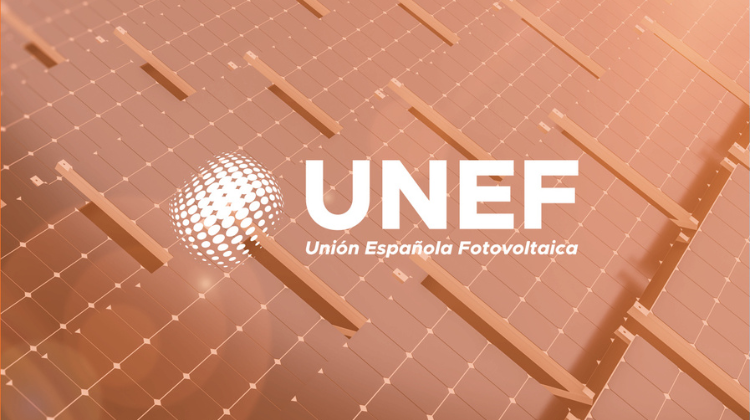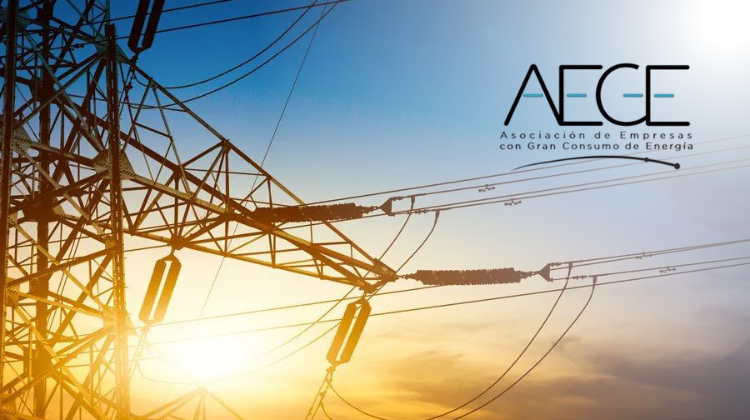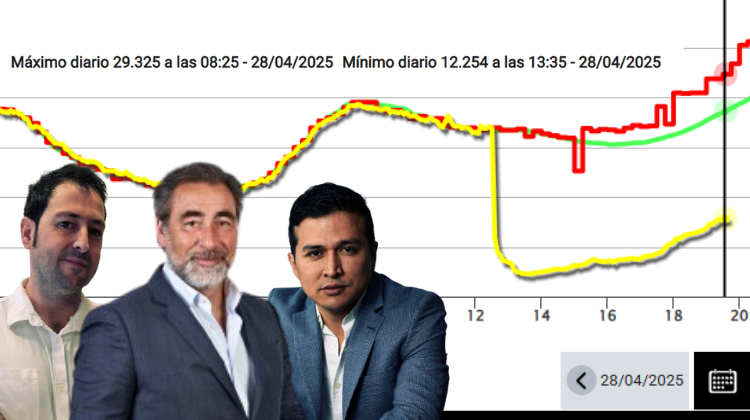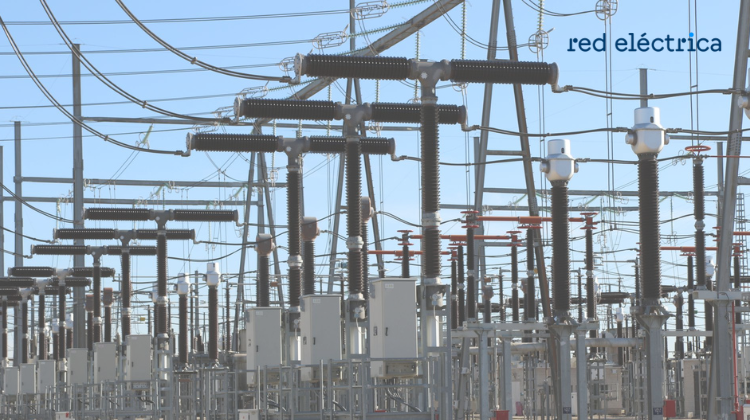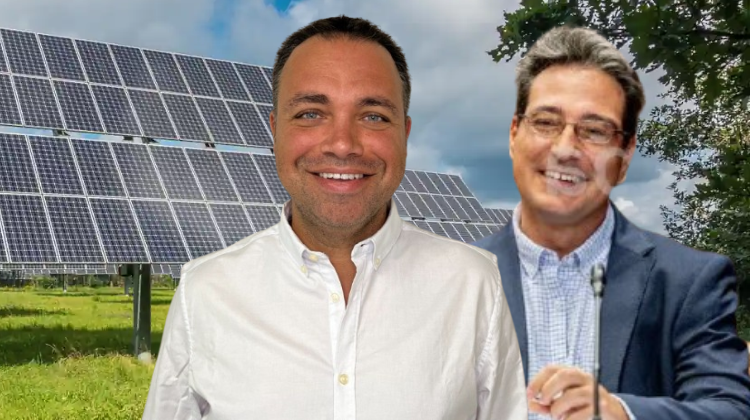The 28 April event is estimated to have cost Spain around €3 billion. Experts from OMIE, AFRY, Alantra and Hesstec agreed that preventing future blackouts depends on the deployment of distributed storage, grid forming inverters, and an operational redesign of the system.





















